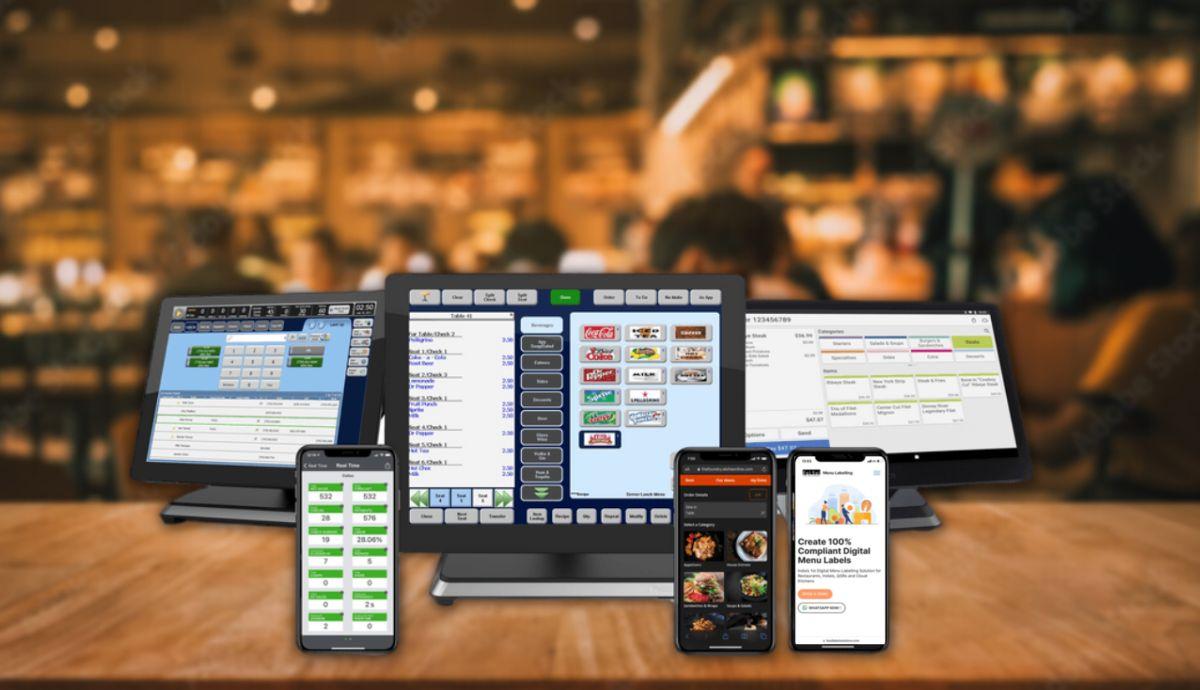The market for restaurant management software is a theater of intense and multifaceted competition, where vendors are engaged in a relentless battle for the digital heart of the food service industry. A close look at the Restaurant Management Software Market Competition reveals a rivalry that extends far beyond software features, encompassing hardware, payment processing, data analytics, and customer support. The competition is fierce because the prize is immense: a sticky, recurring revenue relationship with a vast and technologically underserved industry. As restaurants digitize, their management software becomes the central nervous system of their operation, making it a critical and difficult-to-replace component. The market's steady growth further fuels this competitive fire. The Restaurant Management Software Market size is projected to grow USD 49.74 Billion by 2035, exhibiting a CAGR of 7.61% during the forecast period 2025-2035. This expansion creates a high-stakes environment where platform providers, legacy giants, and payment processors are all vying for market share, leading to innovation, price pressure, and a continuous redefinition of what a restaurant management system should be. The fight is not just to be a vendor, but to become the indispensable operating system for the restaurant of the future.
The central axis of competition is the architectural and philosophical battle between integrated, all-in-one platforms and a more open, best-of-breed ecosystem approach. The all-in-one platforms, led by Toast, are built on the premise that restaurants are better served by a single, vertically integrated vendor that provides everything from the POS terminal and payment processing to the marketing and payroll software. Their competitive advantage is simplicity, a single point of contact for support, and a unified data model that provides holistic insights into the business. They compete by constantly adding new modules to their platform, aiming to cover every possible need a restaurant might have, thereby creating a powerful, walled-garden ecosystem with high switching costs. In direct opposition are the more open platforms, like Lightspeed, and the legacy players like Oracle, who are increasingly embracing an app-store model. They compete by offering a strong core POS and then allowing customers to integrate a wide variety of third-party, best-of-breed applications for specialized functions like advanced inventory or reservations. Their competitive advantage is flexibility and choice, appealing to more tech-savvy restaurateurs who want to build a custom tech stack with the best tool for each specific job.
This primary conflict is further complicated by the entry of new types of competitors. Financial technology (fintech) companies and payment processors, such as Square (now Block), have become major players in the restaurant space. They enter the market through their strength in payment processing and then build a restaurant POS and management software layer on top of it. Their competitive strategy is to lead with simple, transparent payment processing and then upsell software services. Another significant competitive pressure comes from the large food delivery aggregators like Uber Eats and DoorDash. These companies are increasingly offering their own lightweight POS and order management tools to their restaurant partners. Their competitive angle is to provide these tools at a very low cost or even for free, in order to make their delivery marketplace more sticky and to gain more control over the order-to-fulfillment process. This creates a situation where a restaurant's technology provider might also be its primary delivery channel, leading to a complex relationship of co-opetition. The intense rivalry across all these fronts is forcing every vendor to innovate rapidly, leading to better products and more choice for restaurant owners.
Top Trending Reports -
UK Enterprise File Synchronization Sharing Market



